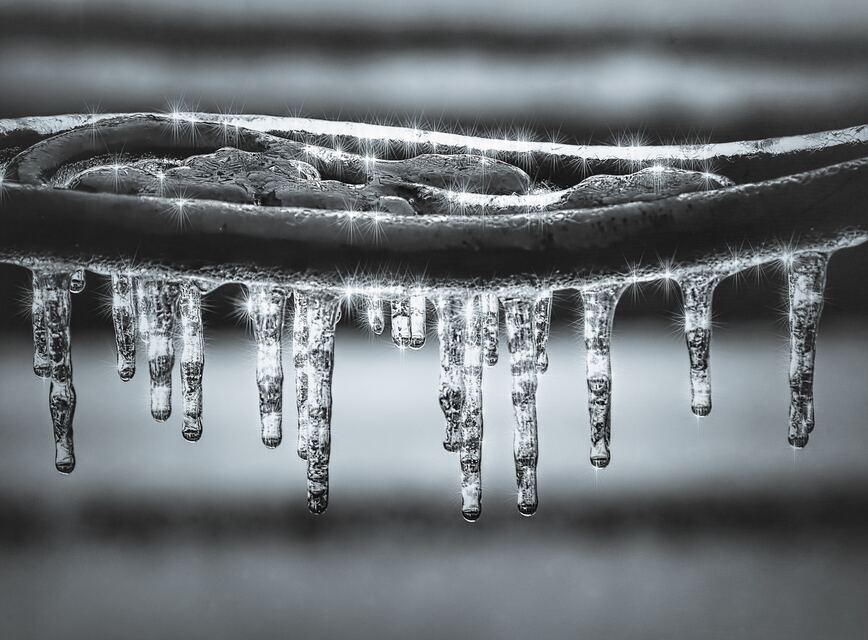
Introduction: Preparing your plumbing system for winter is crucial to prevent frozen pipes, water damage, and costly repairs. Winterizing your plumbing ensures that your pipes and fixtures are protected from the freezing temperatures that can cause them to burst or malfunction. In this article, we will outline essential best practices for DIY winterization of your plumbing system, helping you safeguard your home during the colder months.
Insulate Exposed Pipes: Insulating exposed pipes is one of the most effective measures to prevent freezing. Wrap foam pipe insulation or use pipe sleeves to cover any pipes located in unheated areas such as basements, crawl spaces, or attics. Pay special attention to pipes near exterior walls, as they are more susceptible to cold temperatures. Insulation helps retain heat and keeps the pipes above freezing.
Seal Air Leaks: Identify any air leaks near pipes and seal them to prevent cold air infiltration. Use caulk or weatherstripping to seal gaps around windows, doors, and utility penetrations. Pay attention to areas where pipes enter the house, such as foundation gaps or wall openings. By eliminating drafts, you can maintain a more consistent temperature around your plumbing and reduce the risk of freezing.
Drain Exterior Faucets and Hoses: Disconnect and drain any outdoor hoses, and close the shut-off valve for exterior faucets. Open the faucet to allow any residual water to drain out. Leaving water in outdoor pipes and faucets can cause them to freeze and burst during freezing temperatures. Storing hoses indoors prevents them from becoming brittle or damaged.
Insulate Water Heater and Pipes: Your water heater and hot water pipes should also be insulated to minimize heat loss. Insulating the water heater with a jacket or blanket helps it retain heat and operate more efficiently. Additionally, insulate hot water pipes in unheated areas to prevent heat loss during transit. This reduces energy consumption and prevents pipes from freezing.
Keep Indoor Temperatures Consistent: Maintain consistent indoor temperatures during winter, even if you are away from home. Cold temperatures can cause pipes to freeze when the heat is not circulating properly. Set your thermostat to a moderate temperature, preferably above freezing, to ensure that the plumbing system remains protected. If you plan to be away for an extended period, consider keeping the thermostat at a temperature no lower than 55 degrees Fahrenheit.
Allow Faucets to Drip: During extremely cold weather, allowing faucets to drip can relieve pressure and prevent pipes from freezing. Open faucets slightly, both hot and cold, to create a slow trickle of water. Moving water is less likely to freeze, providing an additional layer of protection against frozen pipes. This is particularly important for faucets on exterior walls or in unheated areas.
Service and Drain Irrigation Systems: If you have an irrigation system, it's essential to winterize it properly to prevent freezing and damage. Shut off the water supply to the system and drain all water from the irrigation lines. You can use compressed air or a manual drain valve to remove any remaining water. If necessary, consult the manufacturer's guidelines or seek professional assistance to ensure the correct winterization of your irrigation system.
Test and Inspect: Before winter arrives, perform a thorough inspection of your plumbing system. Test faucets, showers, and toilets for leaks or malfunctions. Check for any signs of moisture, discoloration, or unusual smells around pipes and fixtures. Address any issues promptly to prevent further damage during the winter months.
Conclusion: DIY winterization of your plumbing system is a proactive and essential step to protect your home from the potential damage caused by frozen pipes. By insulating exposed pipes, sealing air leaks, draining exterior faucets, insulating the water heater and pipes, maintaining consistent indoor temperatures, allowing faucets to drip, servicing irrigation systems, and regularly testing and inspecting your plumbing, you can minimize the risks associated with freezing temperatures. Remember, if you are unsure or encounter complex issues, it is always advisable to seek the assistance of a professional plumber to ensure proper winterization and prevent potential damage.

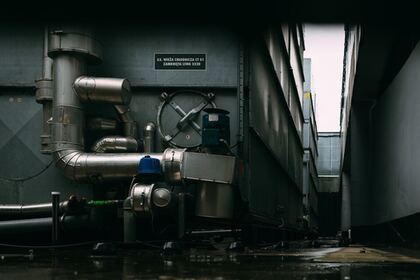
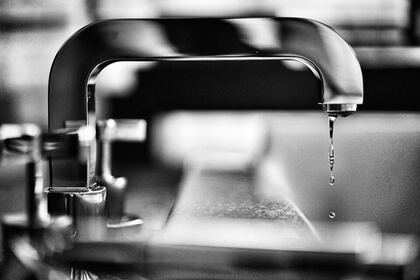
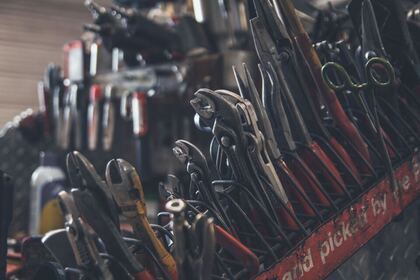
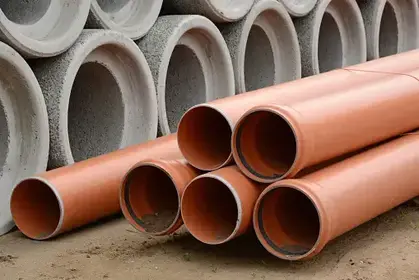
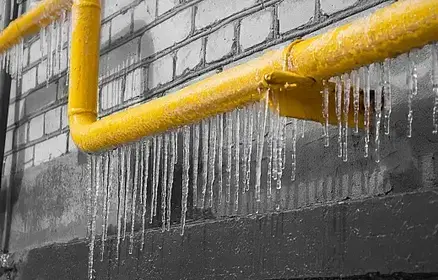
Leave Comment Below